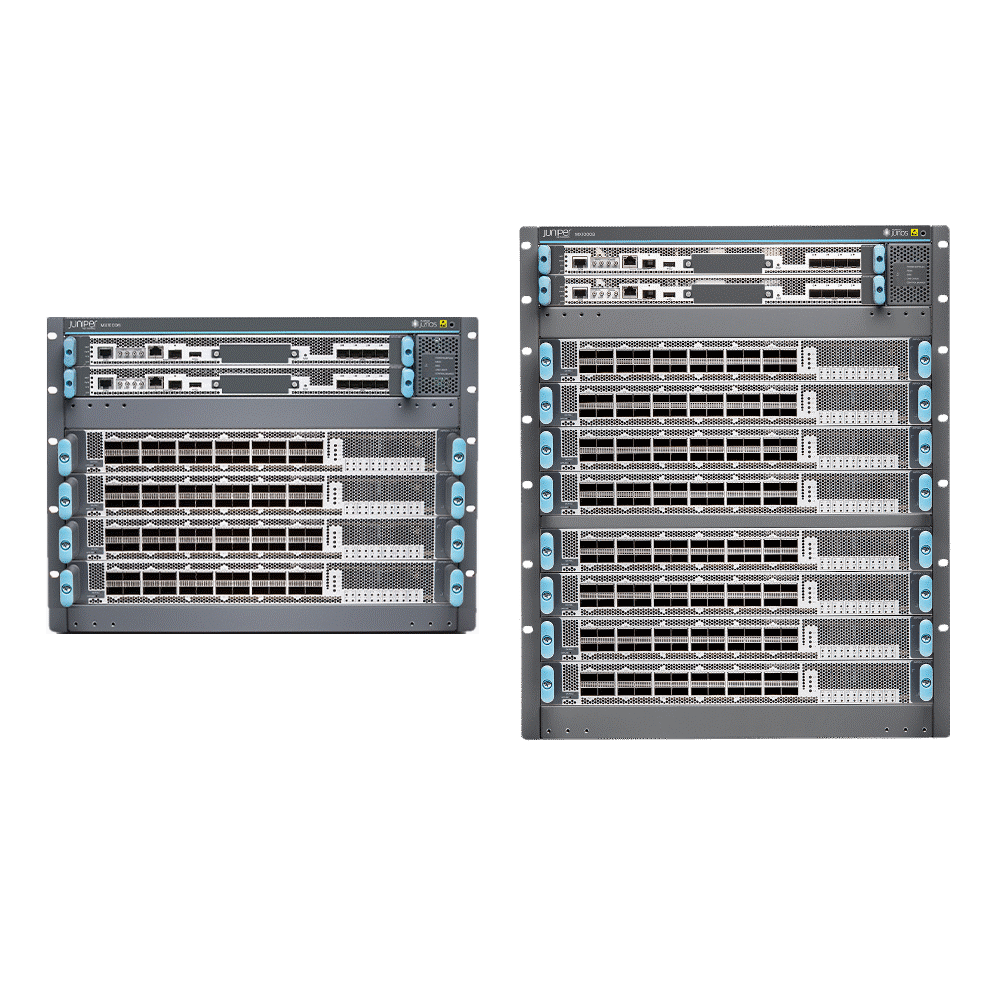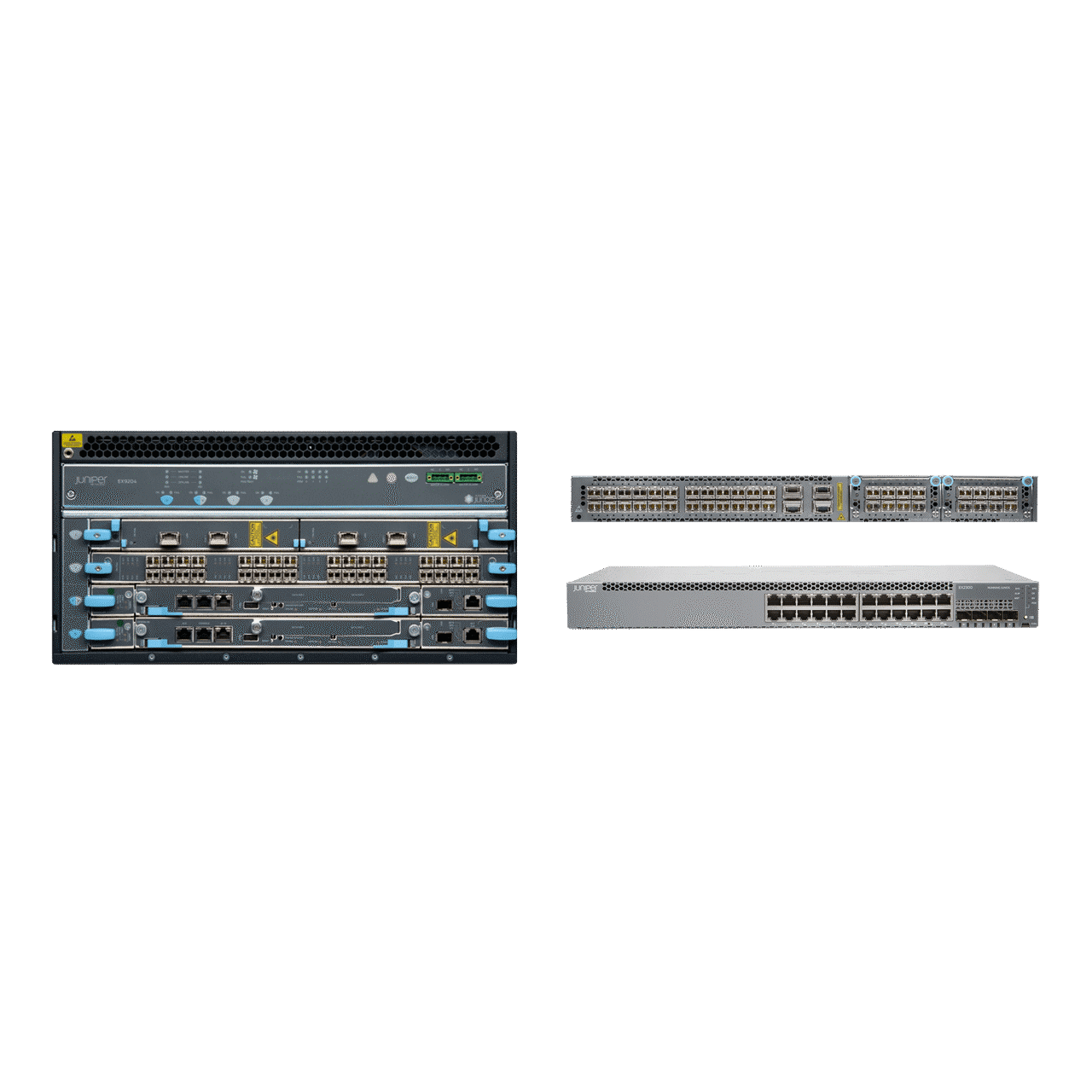Customer Success Story

Multicloud Network Fuels Data-Driven Research
Finding a cure for breast cancer, keeping helicopters in the air, and predicting hurricanes is all in a day’s work at University of South Carolina. A flexible, multicloud network connects researchers, students, and administrators across the state—and country.
Overview
| Company | University of South Carolina |
| Industry | Education |
| Products used | MX10004 and MX10008, EX4600, EX4300 Multigigabit |
| Region | Americas |

Secure Network
Designed for today’s hybrid IT world
Offered
A choice of cloud services
Reallocated
Data sets to support data-driven research without impacting other users
As important as laboratories and state-of-the-art equipment are, a world-class network is necessary to support researchers’ data-intensive work. At the same time, USC’s network infrastructure must support the academic and administrative needs of nearly 35,000 students. “We have been pushing forward with two directives,” says Ron Scherba, executive director of infrastructure services at USC.
“We needed a more flexible and reliable infrastructure, and our research footprint is expanding.”
“To do world-class research, we needed to augment the network itself,” says Scherba. “That led to a conversation: How do we build on-premises and cloud-ready networks?” To build a foundation to support today’s hybrid, multicloud world, the network needed to be faster, support advanced capabilities, and be more secure.
The USC infrastructure team delivered a tenfold increase in network capacity, upgrading both its core network and Internet2 connection to 100 Gbps. “We built the core network so that it’s future-proofed and scalable to any needs we have in the future,” says Jessie O’Connor, systems architect.

The university deployed the Juniper Networks EX9208 Ethernet Switch for a programmable, flexible, and scalable campus core and to simplify the deployment of cloud applications, virtualized workloads, and academic and administrative applications. It also uses the EX4600 and EX4300 Ethernet Switches for scalable 10GbE aggregation.
The university uses the Juniper Networks MX10003 5G Universal Routing Platform for its backbone network. The agile and modular MX480 delivers highly scalable routing, switching, security, and service features, while the ultra-compact MX10003 5G Universal Routing Platform provides best-in-class density and performance.
“The network is designed as a service-provider environment,” says O’Connor. “With Juniper, we can maintain as much redundancy as possible while keeping the design simple and scalable.” Layer 3 VPNs securely segment the network to support different departments and applications.
The operations team quickly adjusted to Juniper Networks Junos operating system, which is defined by simplicity and innovation. The strength of having a single network operating system—Junos OS, which runs across Juniper routing, switching, and security—is clear. “There’s an absolute advantage to having one platform like Junos OS to work with,” says O’Connor.

Beyond speed, reliability, and advanced capabilities, a key selection criteria was partnership. “Juniper stepped up and really involved themselves in this project,” says Don Perry, systems architect. “Juniper saw our vision and helped us turn it into something tangible that we can actually accomplish.”
“The relationship we’ve had with Juniper is the tipping factor for me,” says Perry.
Automation is next on the agenda. “Like many other institutions and corporations, a lot of teams are understaffed and overutilized,” says Scherba. “Automation can support troubleshooting and keep our network reliable so we don’t require manual intervention every time something fails or we need to push a security patch.”


Published January 2019




